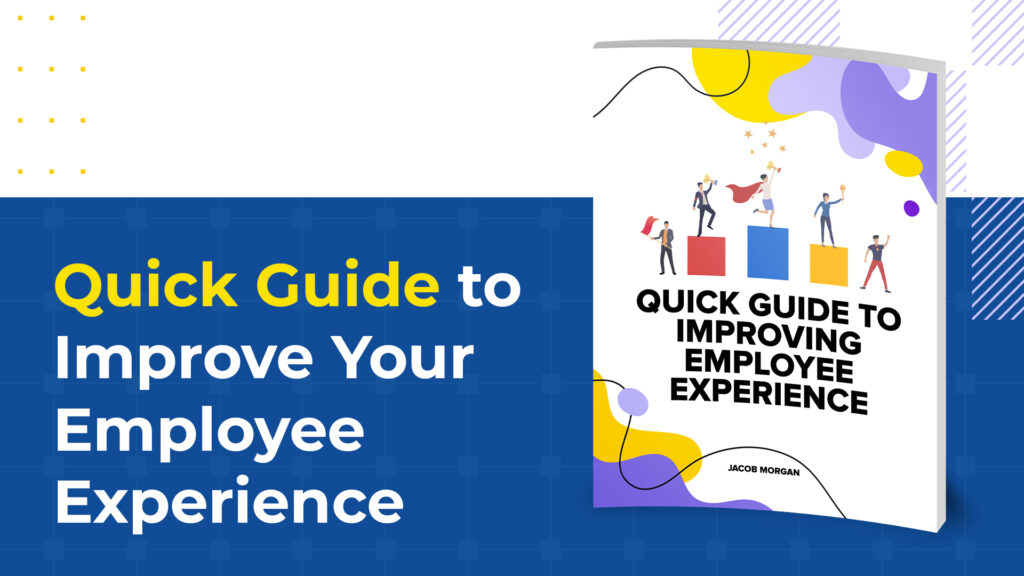In today’s rapidly evolving business landscape, the relentless pursuit of success and growth often leads organizations to overlook the human element. However, it is crucial for leaders to prioritize employee experience and recognize the moments that matter to their teams. This involves adopting a human-centered approach that encompasses employees’ work-life balance.
Genuinely investing in employee experience means that leaders create work environments that foster growth, productivity, and innovation by putting people first—no amount of research or data can change their commitment.
Check out this video from a recent keynote to learn more about how this all works.
For employees to realize their full potential, leaders must actively participate in coaching and mentoring. The fear that employees might surpass their mentors in success is counterproductive to this aim. Instead, leaders should encourage employees to reach greater heights, even if it means outperforming their mentors.
Employees view their experiences not as stages within the employee lifecycle, as HR departments often describe, but as moments that matter. These moments span both work and personal life, and comprehending them is vital for leaders. By identifying and supporting employees through these moments, leaders create a human-centered environment that nurtures trust, loyalty, and productivity.
By prioritizing employee experience and understanding the moments that matter to their teams, leaders foster a culture of respect, trust, and loyalty. Shifting the focus from the employee lifecycle to moments that matter allows leaders to establish a supportive work environment that accommodates both professional and personal aspects of life. As leaders coach and mentor their employees, they strengthen relationships, enhance productivity, and promote innovation. In the end, investing in employee experience benefits not only the individuals but also the organization as a whole.
. . .
Companies with better employee experiences have more engaged and productive workers, higher profits, and the ability to attract and retain talent. In today’s competitive talent landscape, companies can’t afford not to invest in employee experience. Download your copy and start creating better experiences for your employees and customers today!


